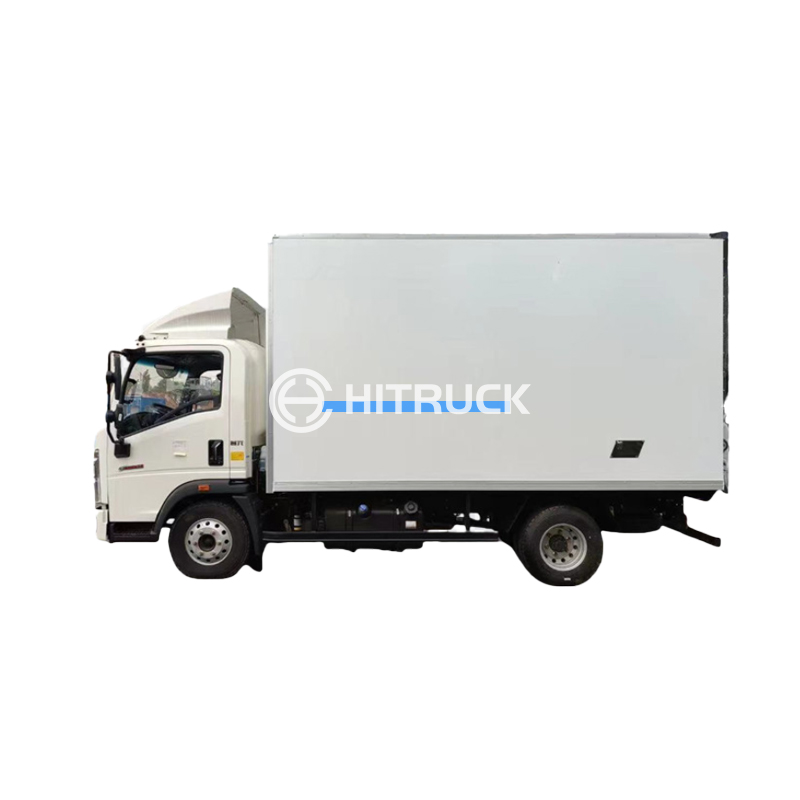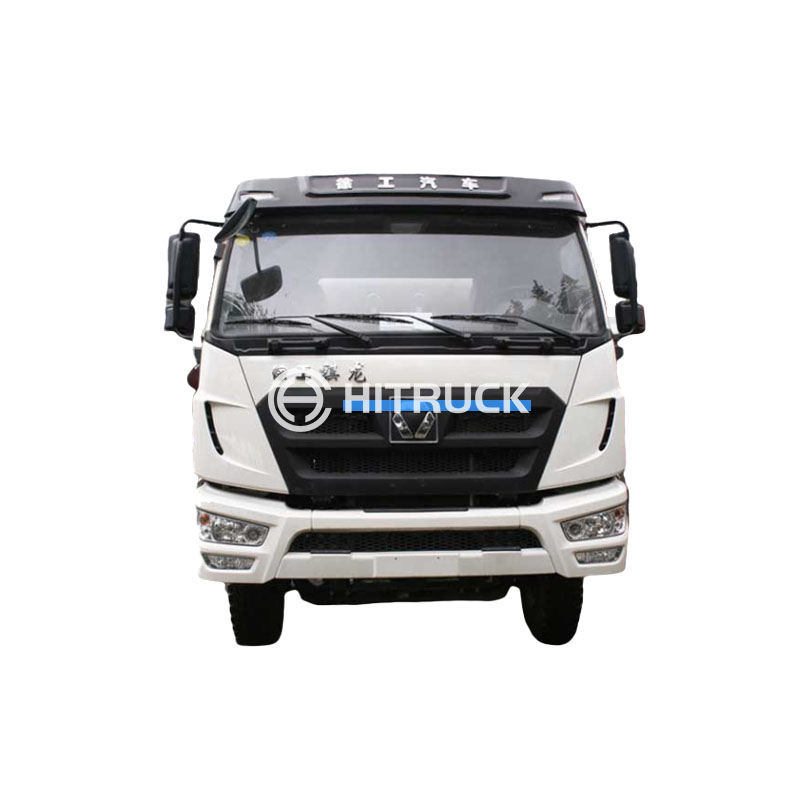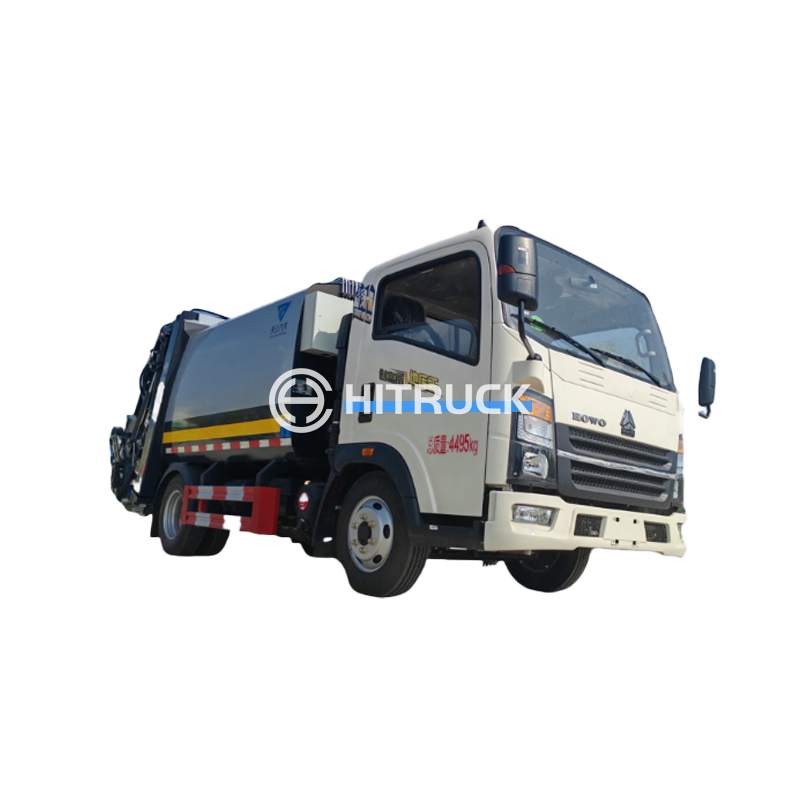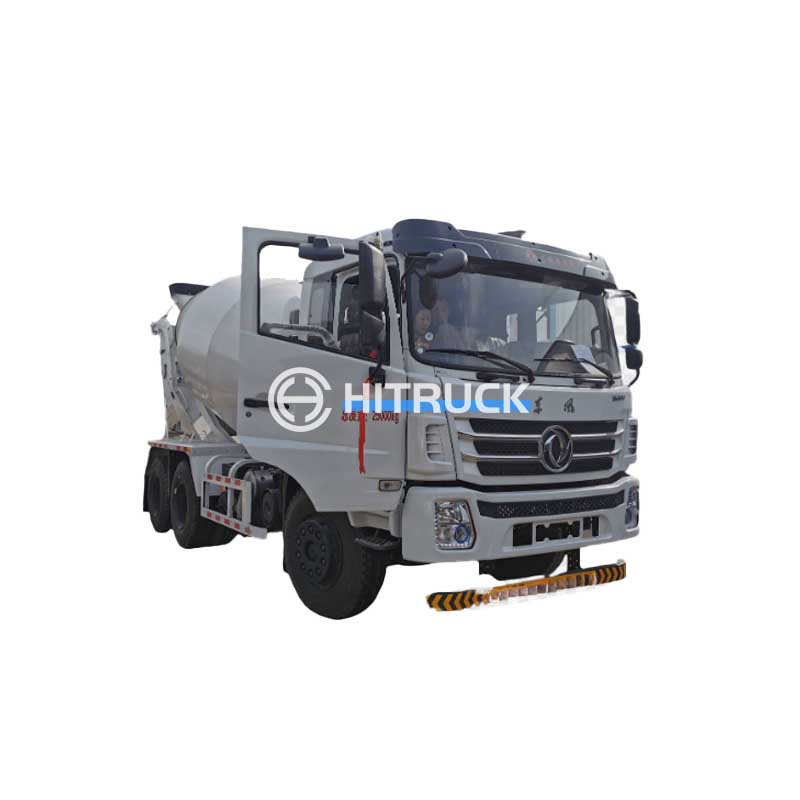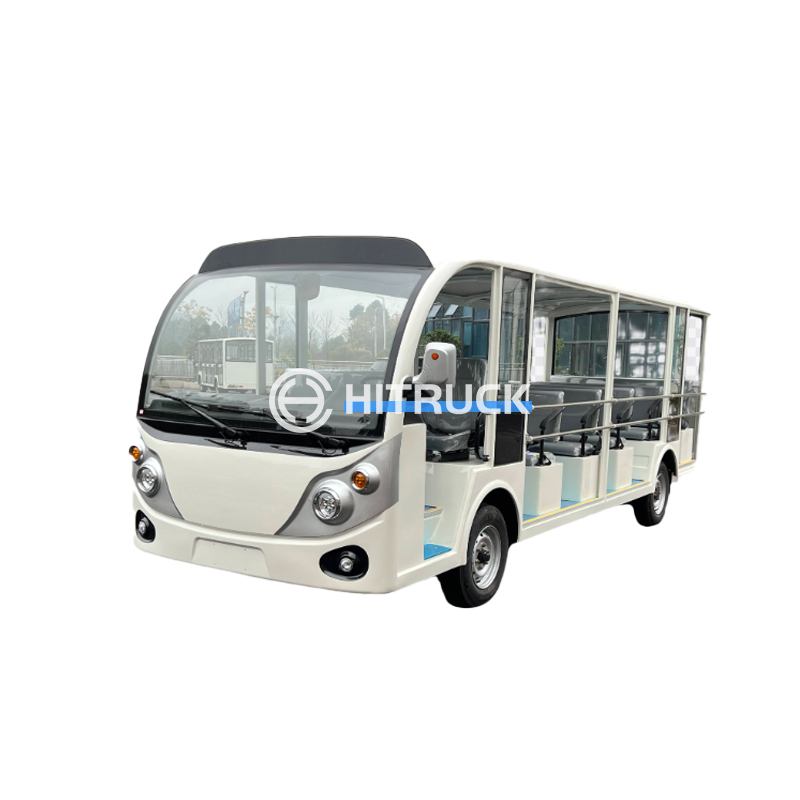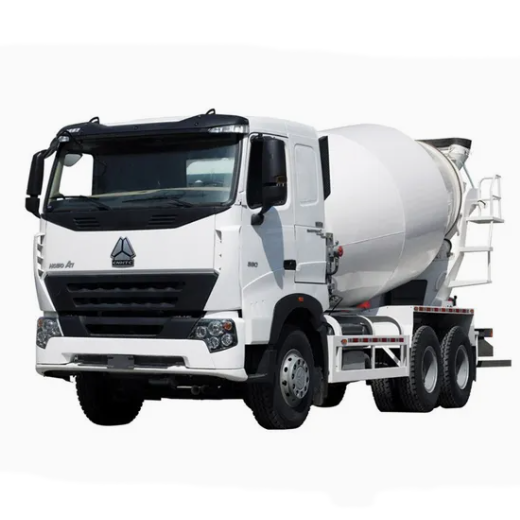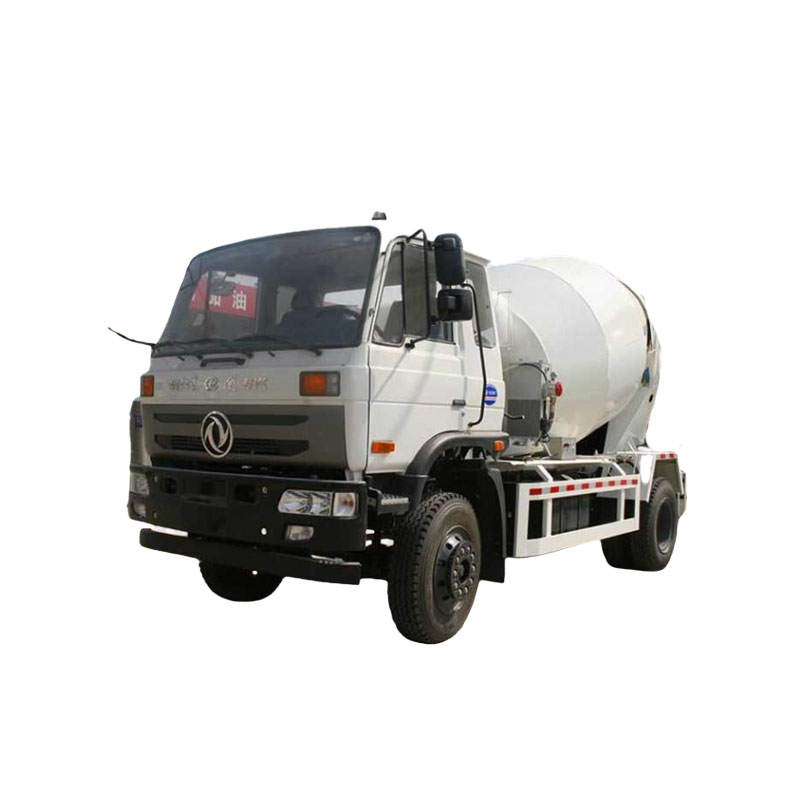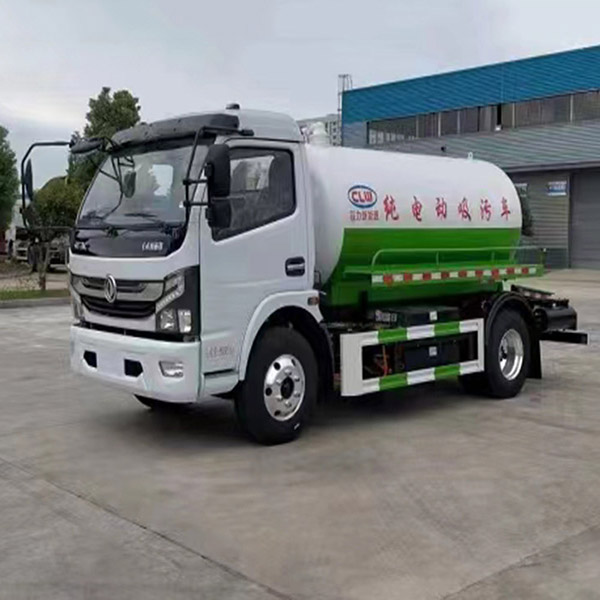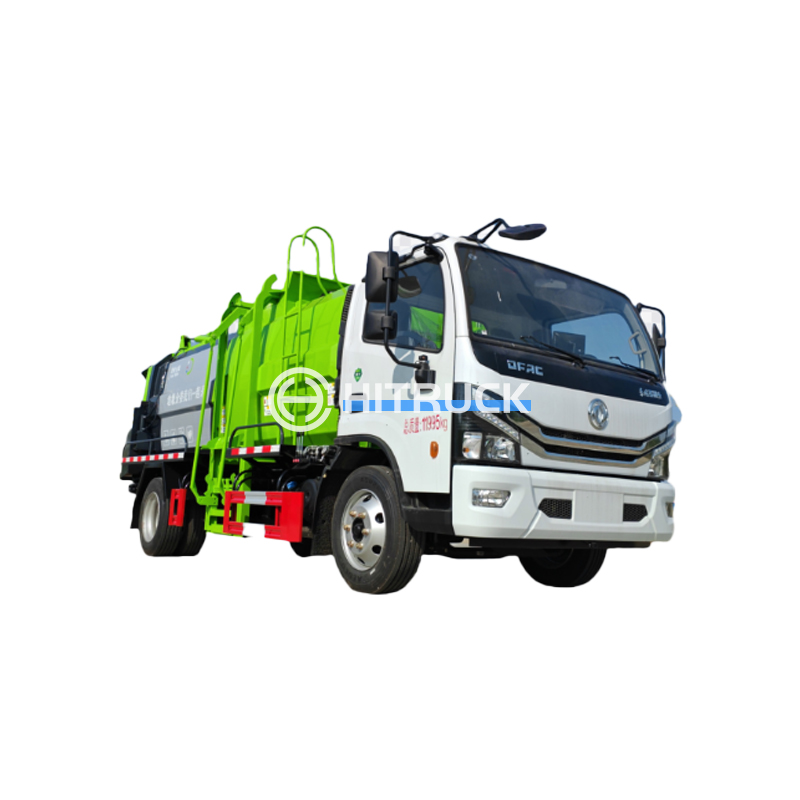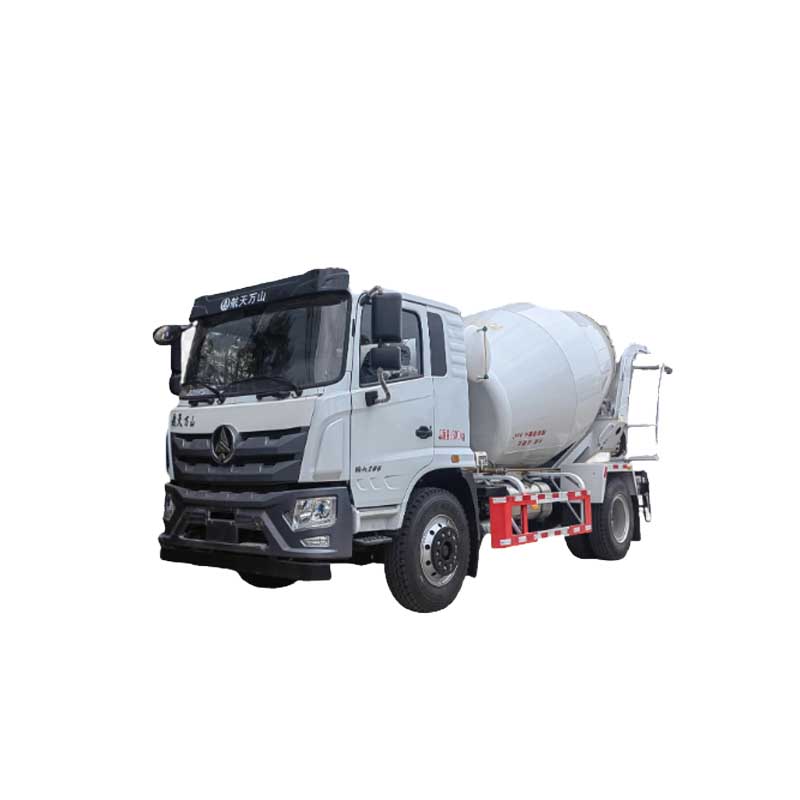This guide helps you select the ideal small pickup truck crane based on your specific requirements, budget, and the tasks you need to accomplish. We'll cover key features, considerations, and popular models to help you make an informed decision. Learn about payload capacity, boom length, and other essential factors before purchasing your next small pickup truck crane.
The first step in selecting a small pickup truck crane is determining the maximum weight you need to lift. This depends on the types of loads you'll be handling. Consider the weight of materials, equipment, or objects you will regularly lift. Overestimating your needs is better than underestimating, but remember that exceeding a crane's capacity can lead to damage or accidents.
The boom length determines the crane's reach. Think about the distance between the crane's position and the lifting point. Longer booms offer greater reach, but they also usually mean a slightly reduced lifting capacity at maximum reach. Measure the typical distances you'll need to reach to determine the appropriate boom length for your small pickup truck crane.
Consider the type of terrain where you'll use the crane. Uneven surfaces or soft ground can impact stability. Some small pickup truck cranes offer features like outriggers for improved stability on uneven surfaces. Assess your work environment to determine the necessary stability features.
This refers to the maximum weight the crane can lift safely. Always operate within the rated payload capacity to avoid accidents. Manufacturers clearly state this in their specifications. Higher payload capacities are useful for heavier loads, but remember that this often comes with a higher price tag.
Boom length is critical for reach. Types of booms include telescopic booms (extending and retracting sections) and knuckle booms (jointed sections allowing for greater maneuverability). The choice depends on your reach requirements and the obstacles in your work environment.
The ability to rotate the boom allows you to position the load more precisely. Consider the degree of rotation offered by different models, and whether a full 360-degree rotation is necessary for your tasks. Swivel capabilities provide added flexibility.
Outriggers significantly improve stability, particularly on uneven terrain. They provide a wider base, preventing tipping. Consider the type and design of outriggers when selecting your small pickup truck crane. Some models have automatic outrigger deployment for enhanced ease of use.
Modern cranes often feature user-friendly control systems. Consider whether you prefer manual or hydraulic controls. Some systems provide precise control and improved safety features. Explore different control systems and choose one that suits your experience and comfort level.
| Model Name | Payload Capacity (lbs) | Boom Length (ft) | Features |
|---|---|---|---|
| Model A | 1000 | 10 | Telescopic boom, hydraulic controls |
| Model B | 1500 | 12 | Knuckle boom, outriggers |
| Model C | 2000 | 15 | Heavy-duty construction, remote control |
Note: These are example models. Consult manufacturer specifications for accurate data.
Always prioritize safety. Never exceed the crane's rated capacity. Properly secure loads to prevent shifting or falling. Use appropriate safety gear, including hard hats and safety glasses. Regularly inspect the crane for any signs of damage or wear and tear. Follow all manufacturer's instructions and safety guidelines. Consider professional training to ensure safe and effective operation.
For a wider selection of small pickup truck cranes and related equipment, visit Suizhou Haicang Automobile sales Co., LTD at https://www.hitruckmall.com/. They offer a comprehensive range of options to suit diverse needs.

